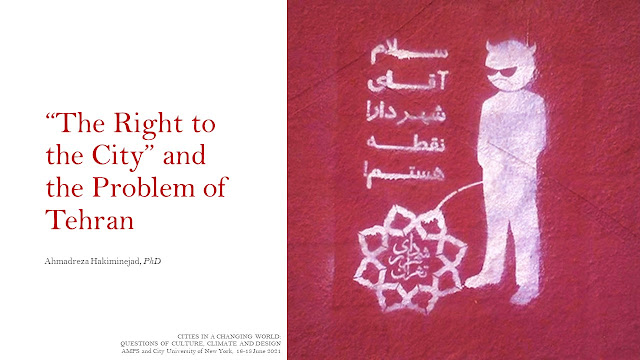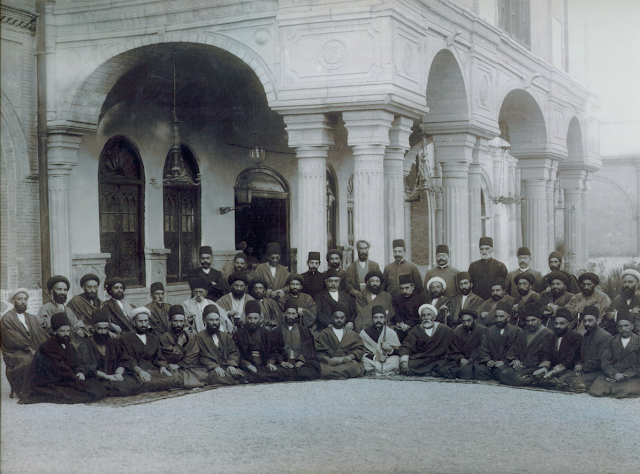City, Public Space & Body

I co-organised an international conference titled: City, Public Space & Body , hosted by the Goldsmiths' ICCE Department . The conference was virtual and took place on 14-15 December 2021. For further details, please see the conference website . Conference Theme The growing of urban population and the rapid change of urban environments, accelerated even more in the current century, entails challenges to defining and practising public spaces in cities. The public space, its implications and accompanied expectations, its embodiment and consequent social impacts, have been the focus of ongoing theorisation and debates. Ideally, the dynamics of gathering in and passing through urban public spaces, indoor and outdoor –from streets, squares, parks, libraries, museums, to other cultural and leisure centres – could lead to a culture more open to differences. Yet, in our time, governmental power and the force of privatisation have been inflicted upon these spaces, squeezed not only


